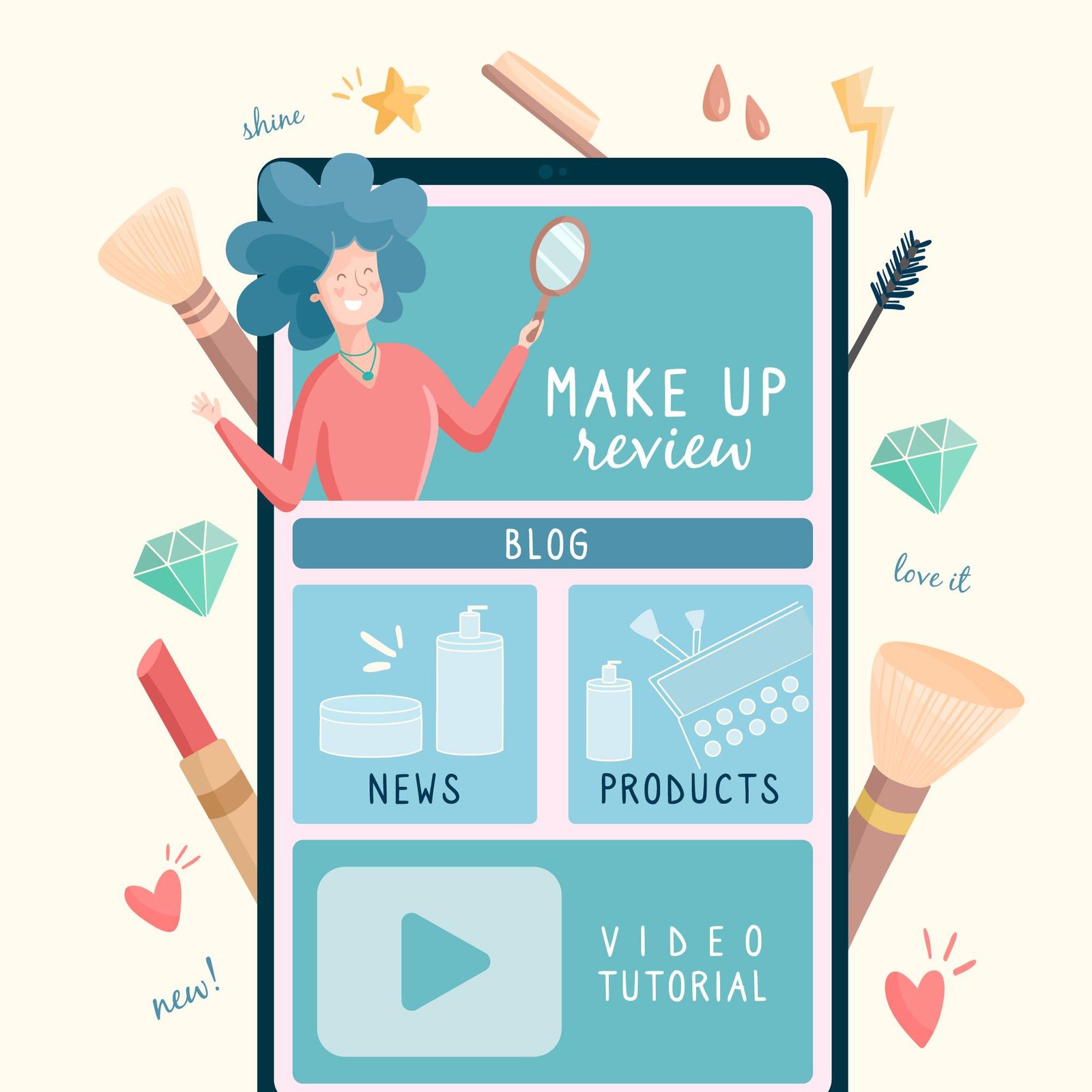Imagine this: You’re scrolling through your social media feed when a catchy video catches your interest. Before you know it, you’ve watched the entire clip and you’re reaching for your wallet to get that product. Does this ring a bell? That’s the video’s clear effect in action.
In today’s quick-changing online world, capturing and holding audience attention is harder—and more crucial—than ever. For online shops, video has turned into a powerful weapon to engage customers. Let’s dig into why video content is beating traditional formats.




